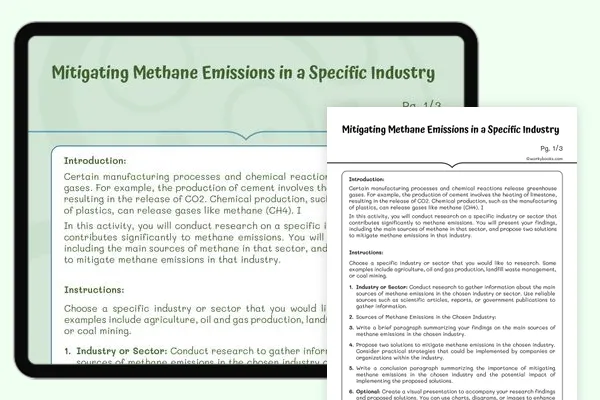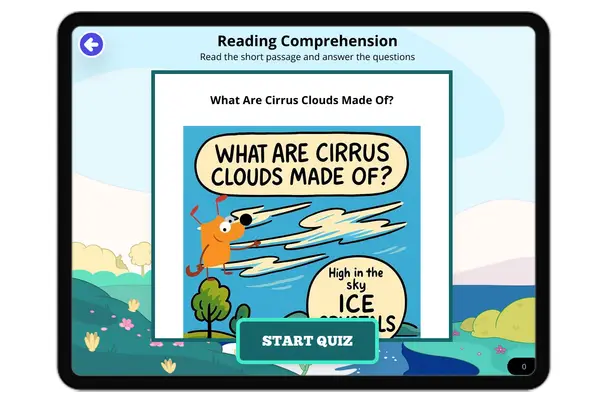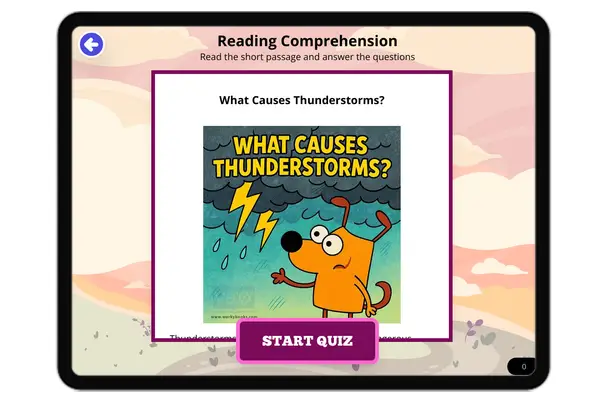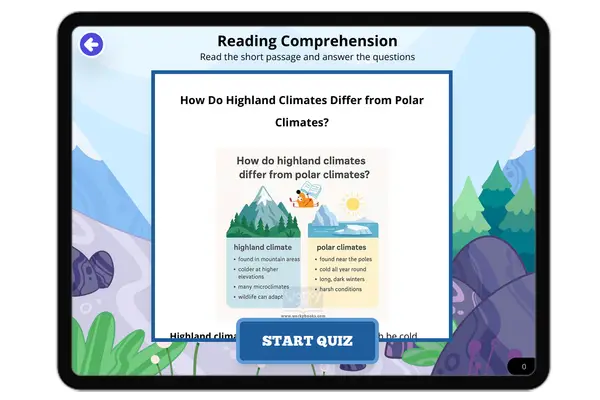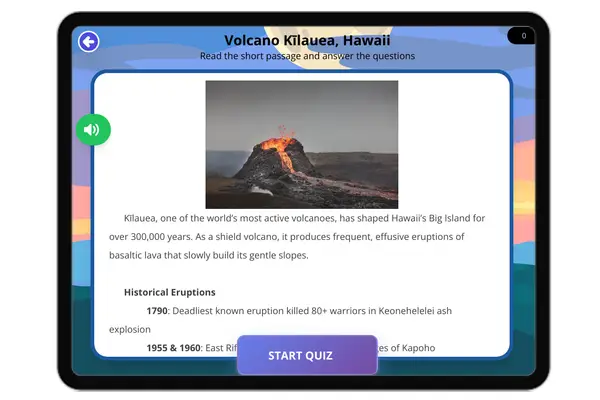Grade 4 Informational Text Weather and Climate Curriculum Resources
Enhance comprehension of informational text with a focus on Weather and Climate using our Weather and Climate Informational Text curriculum resources. Tailored for elementary students, these resources provide engaging exercises to help learners explore and comprehend the impact of Weather and Climate through informational text.






